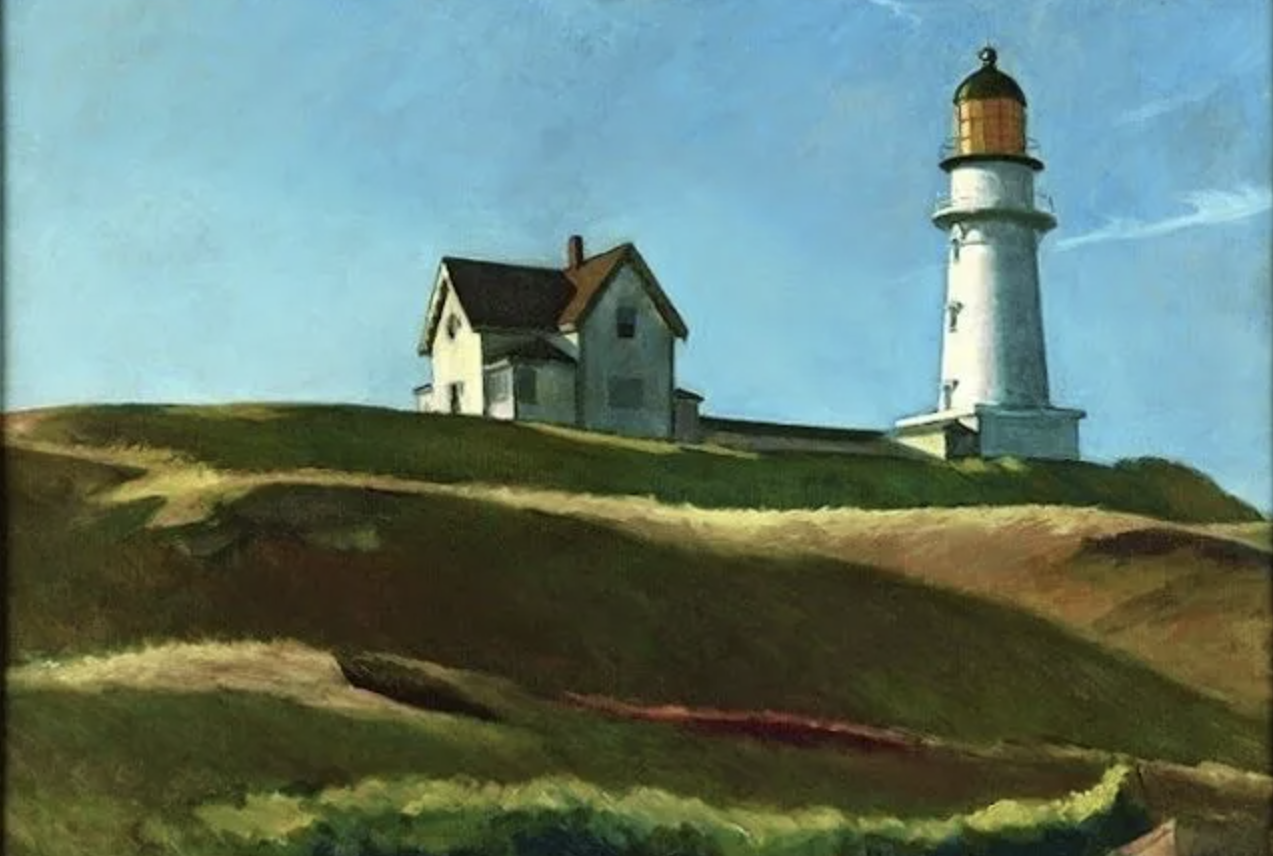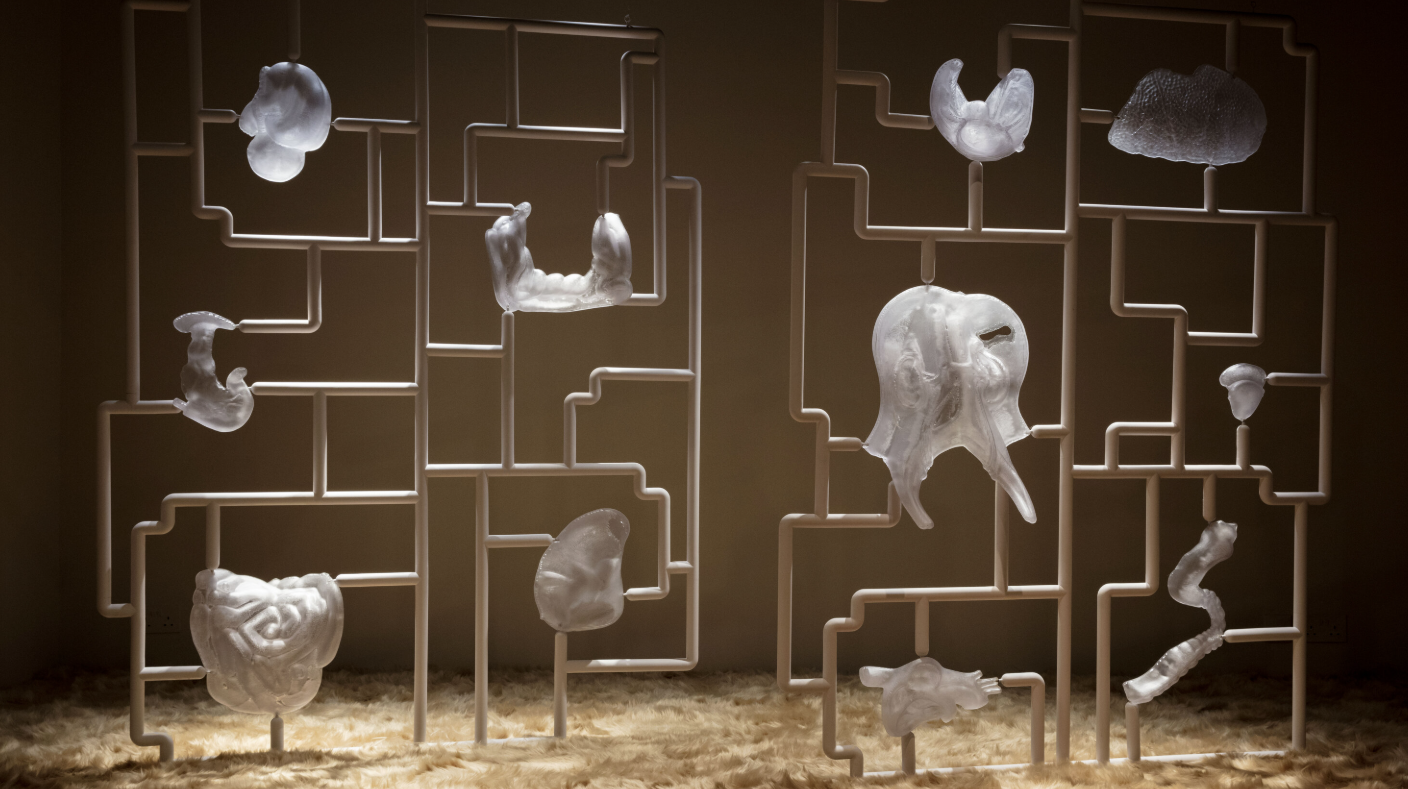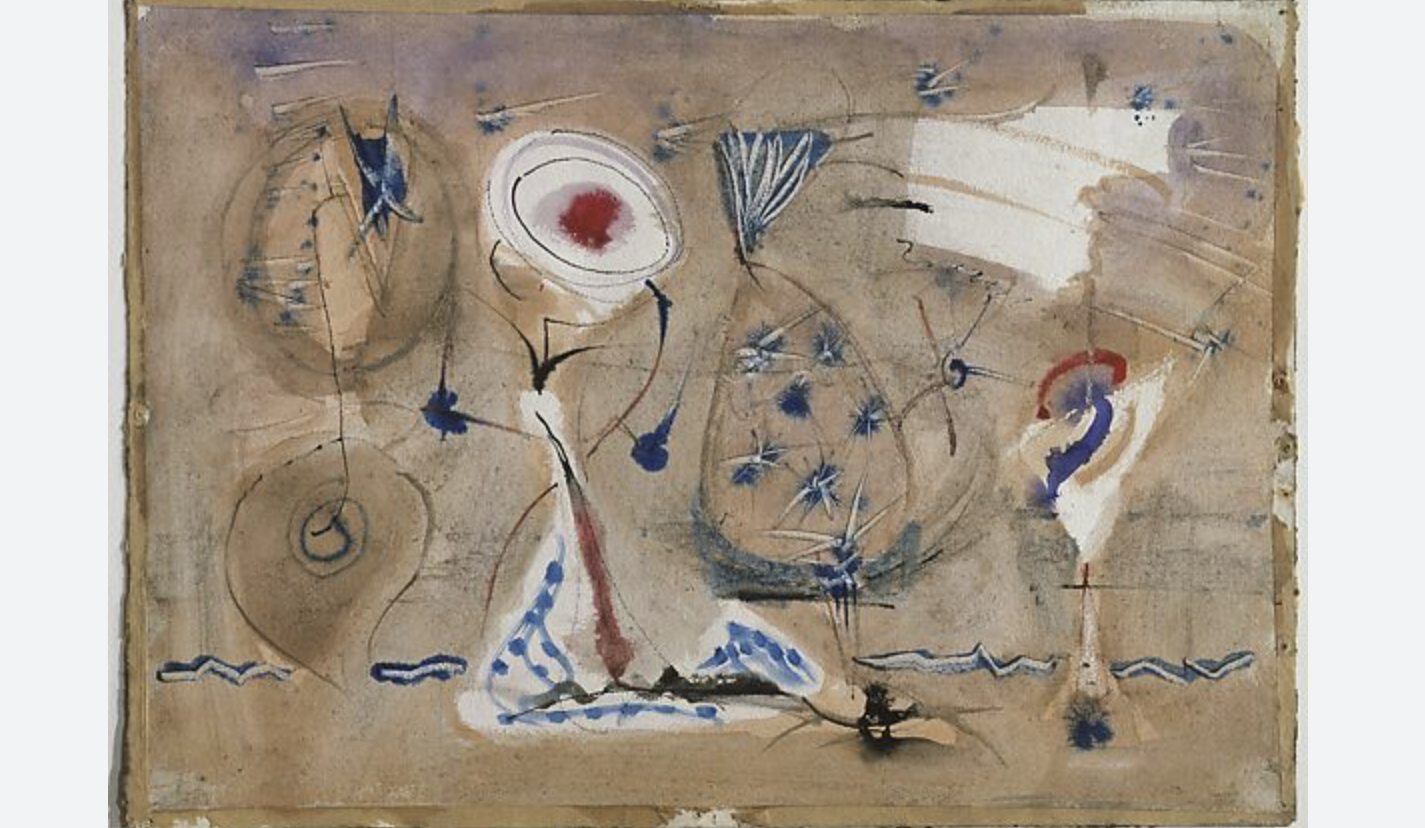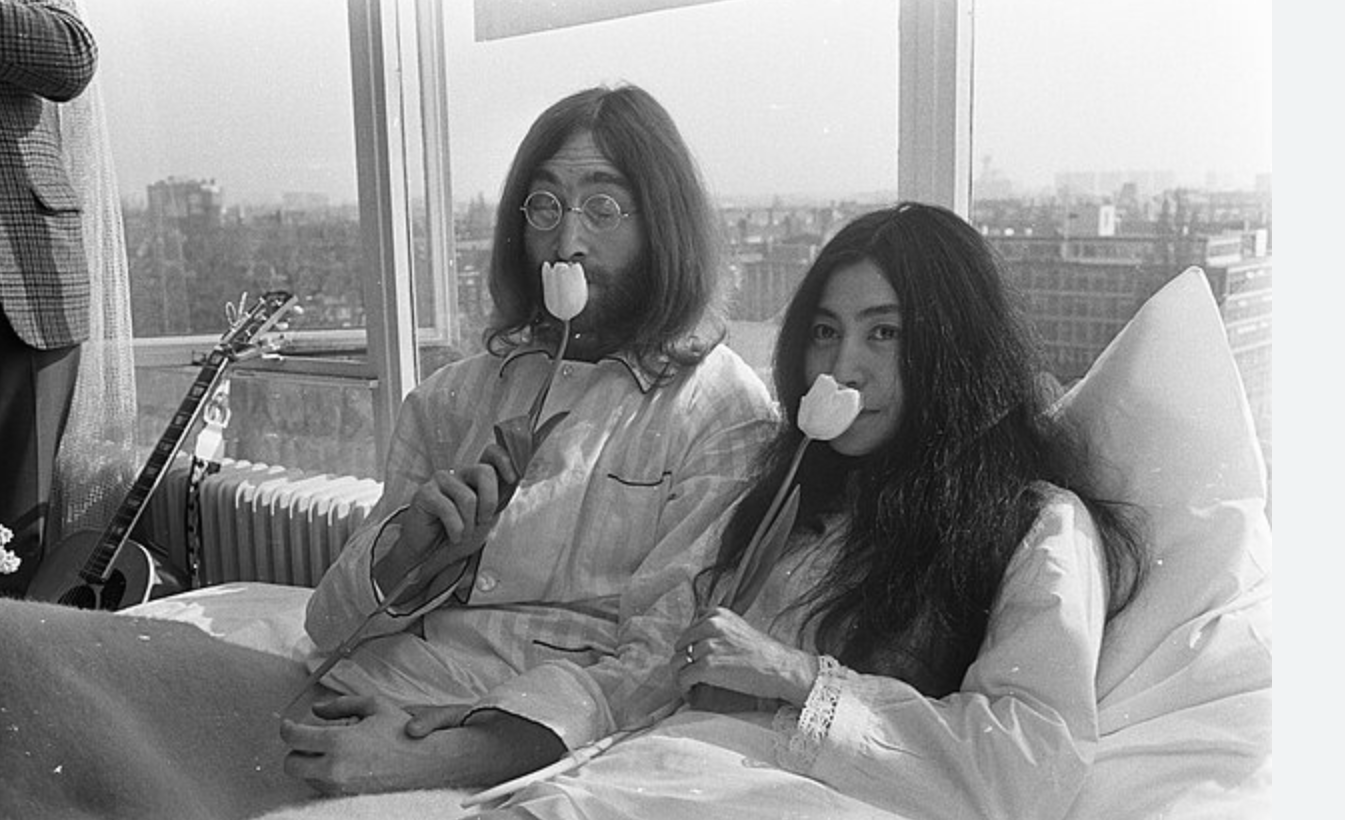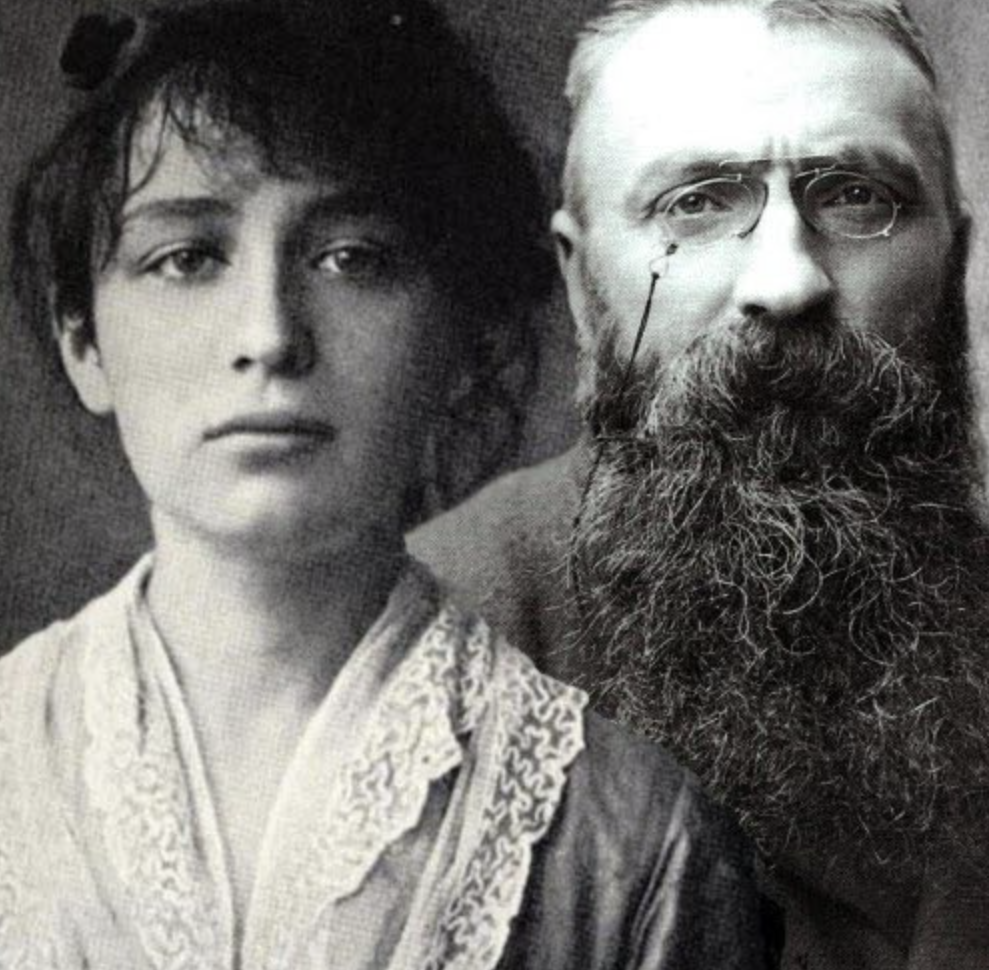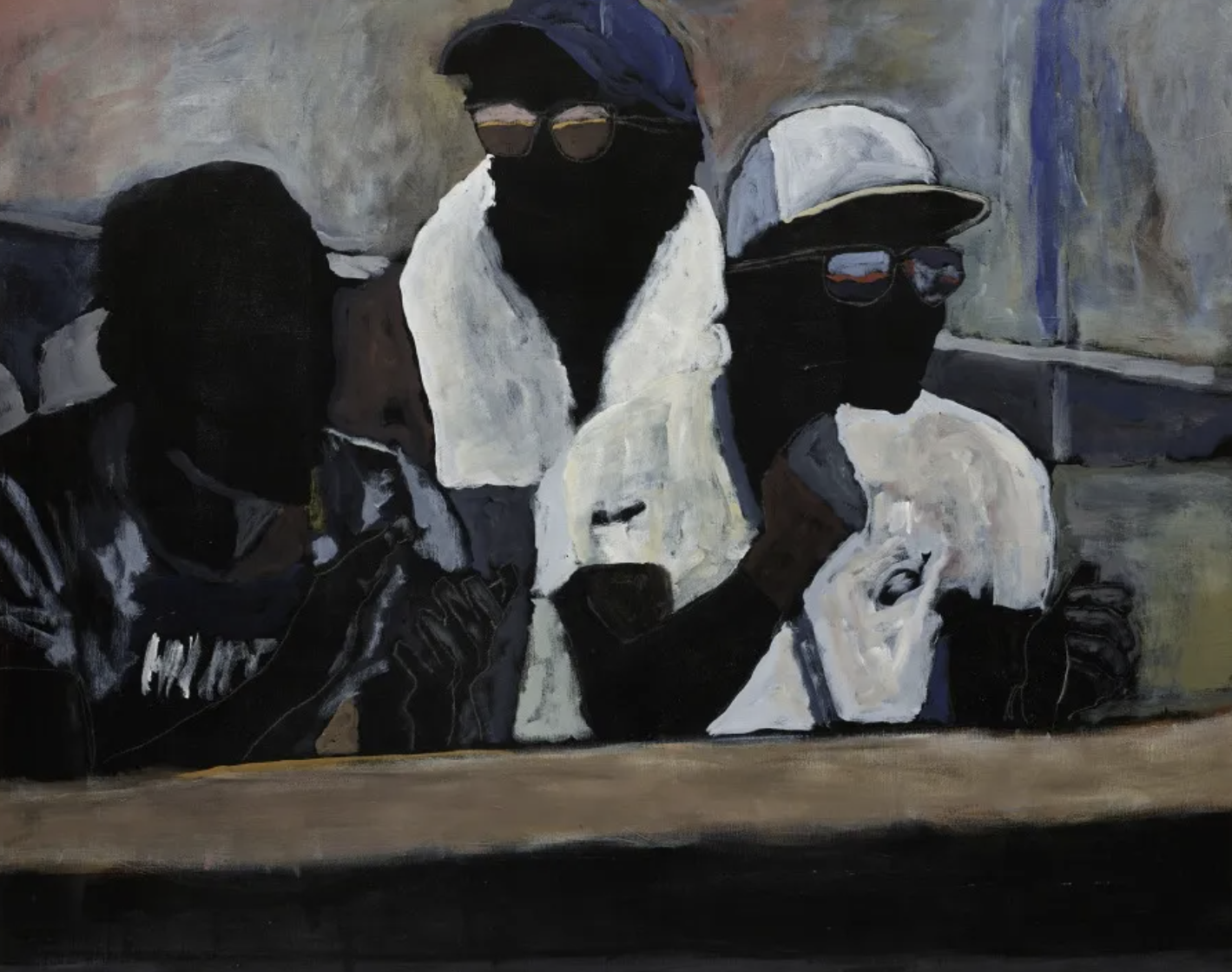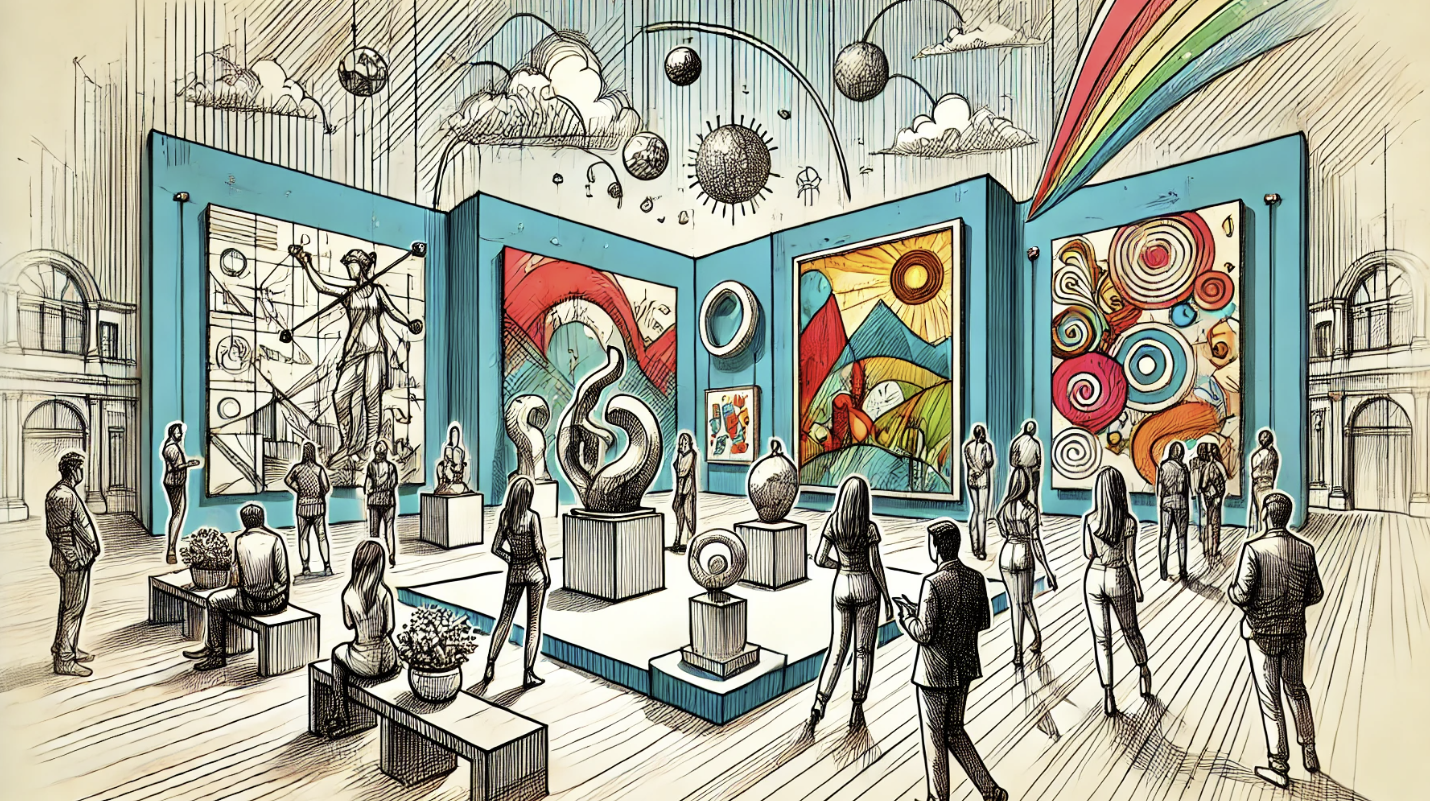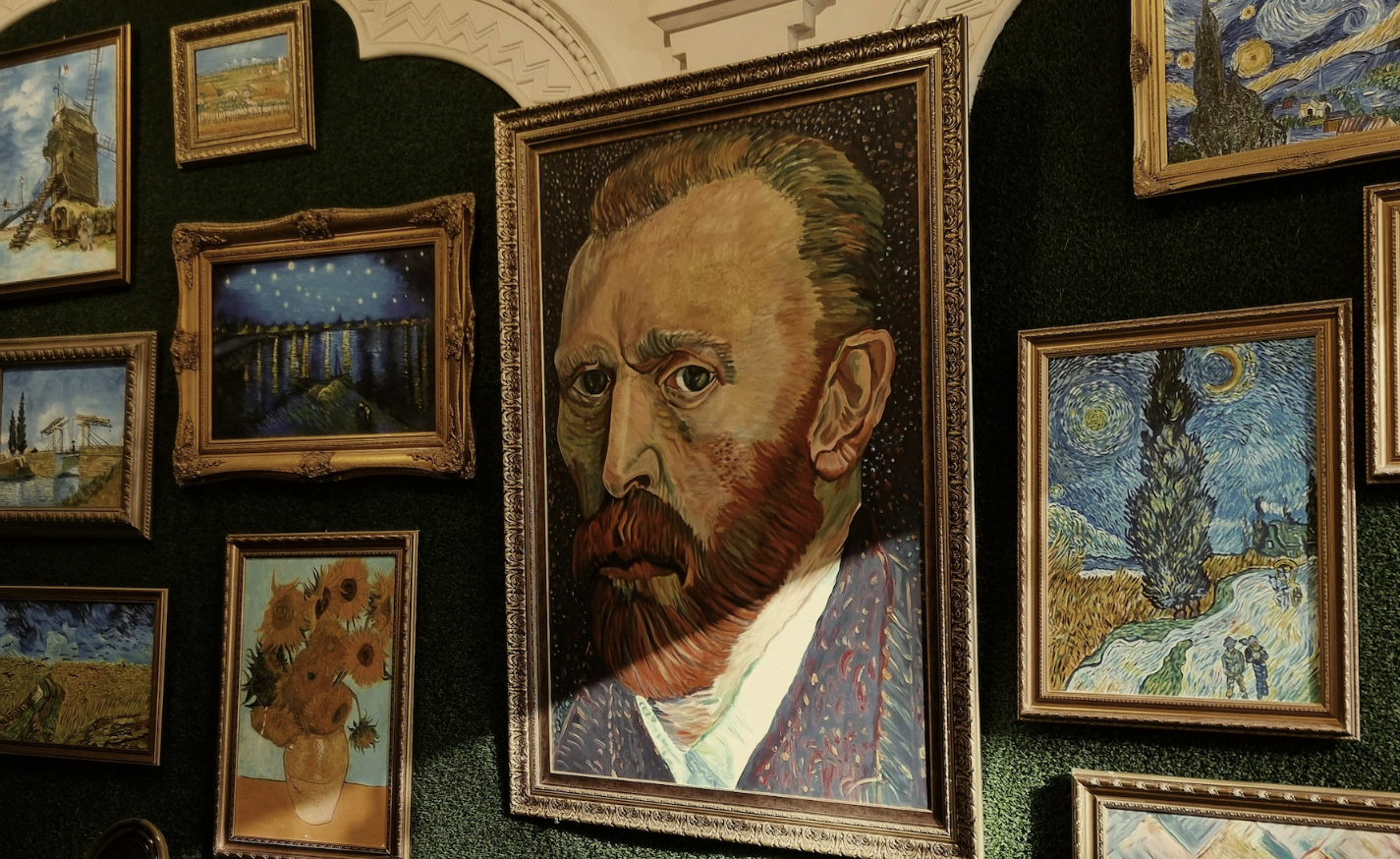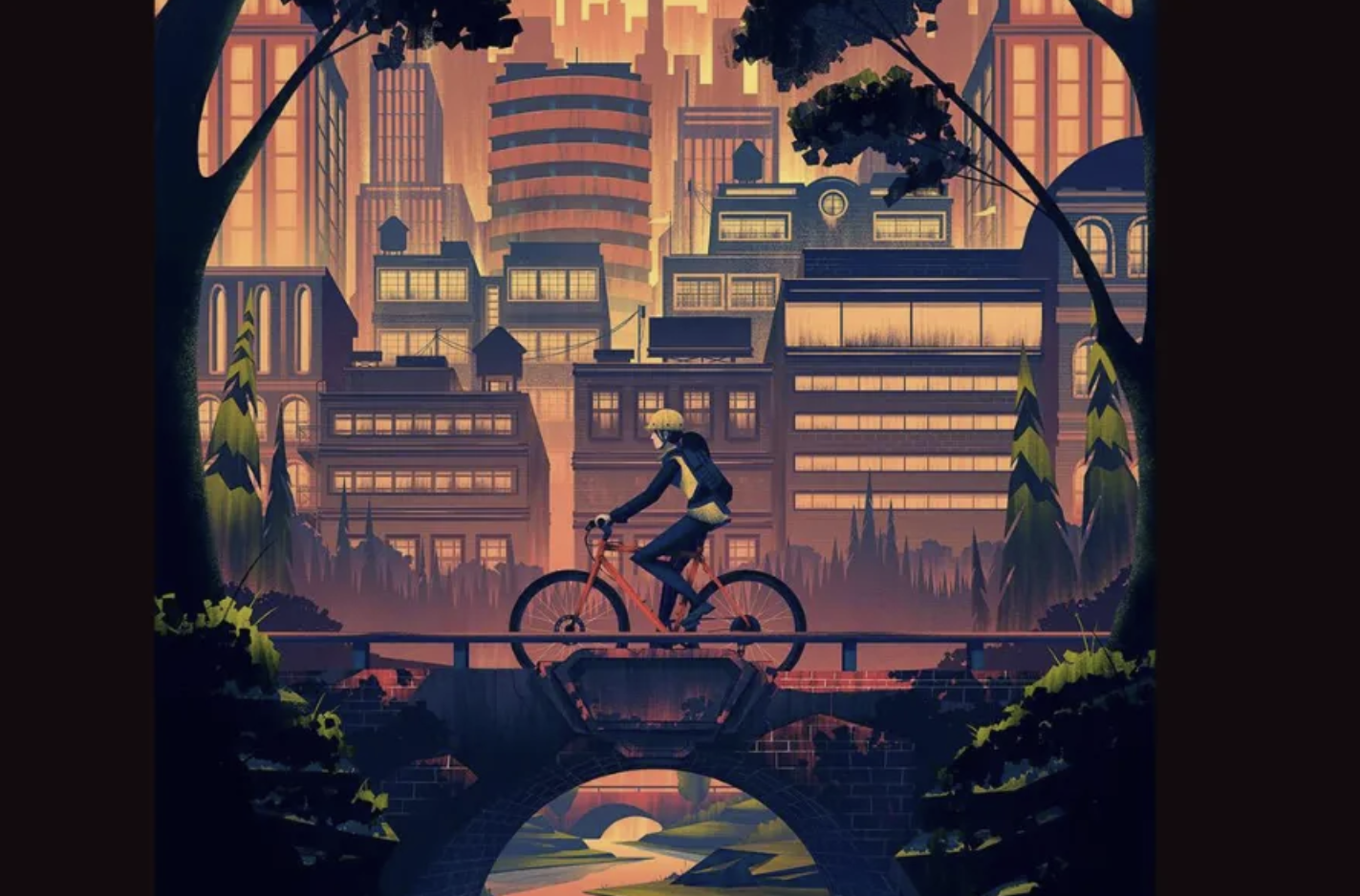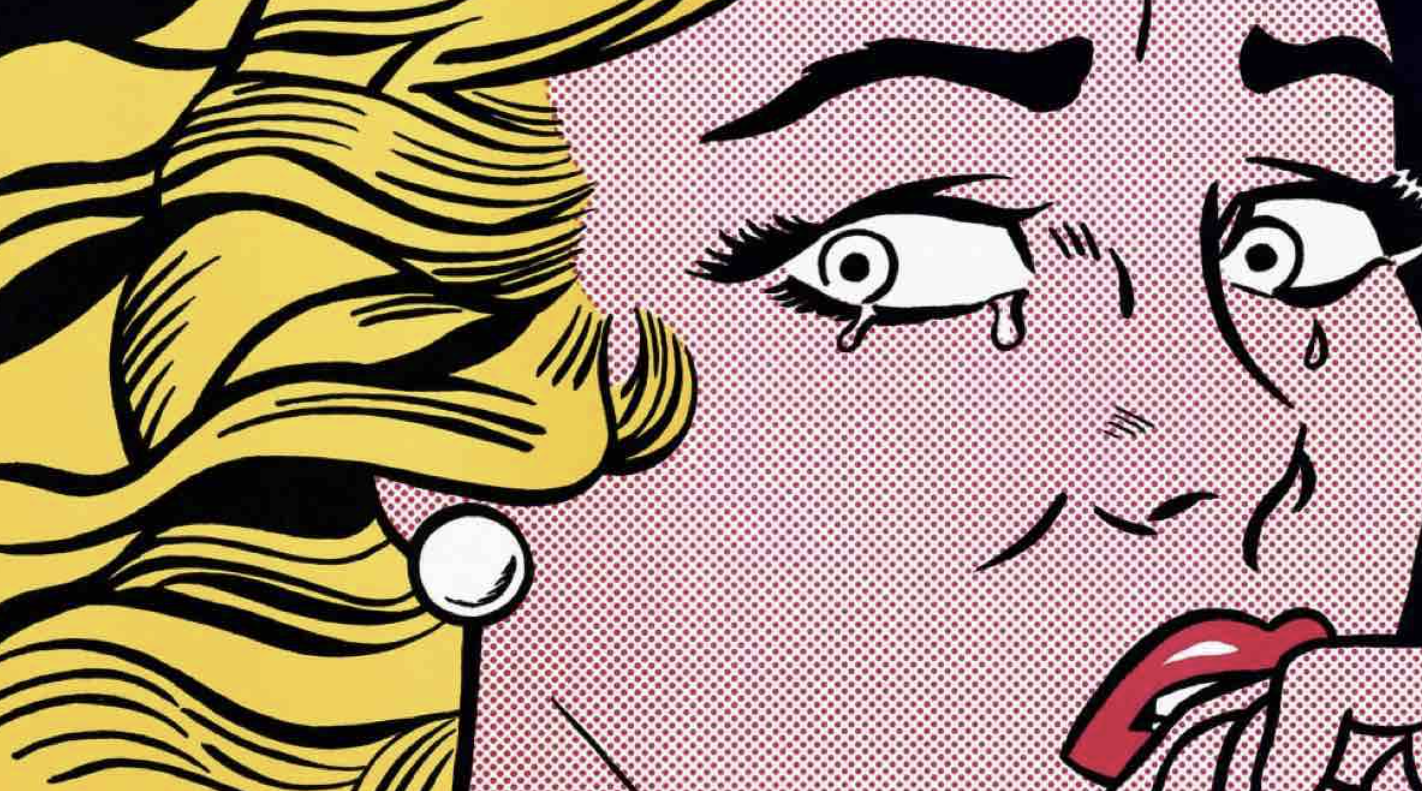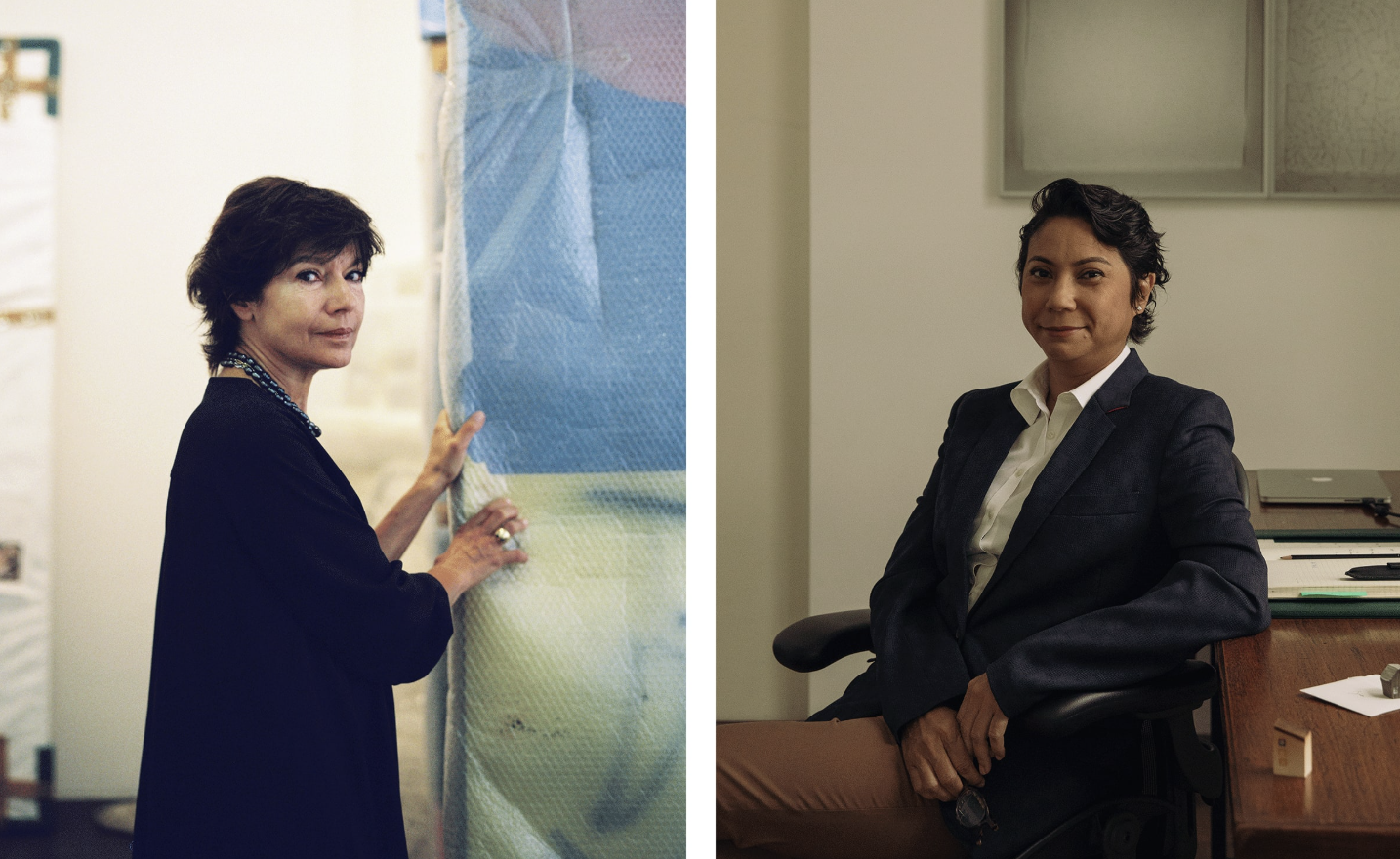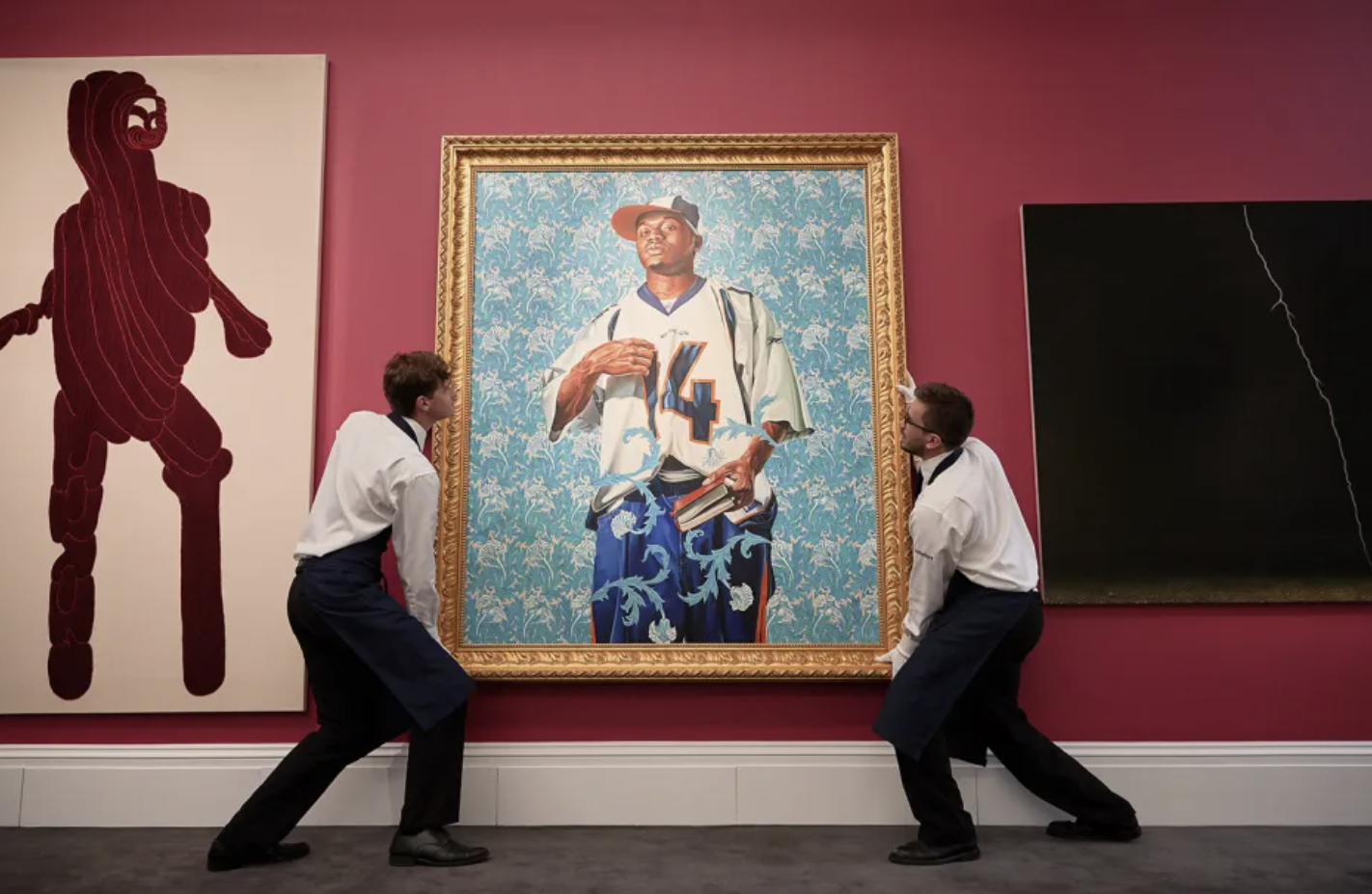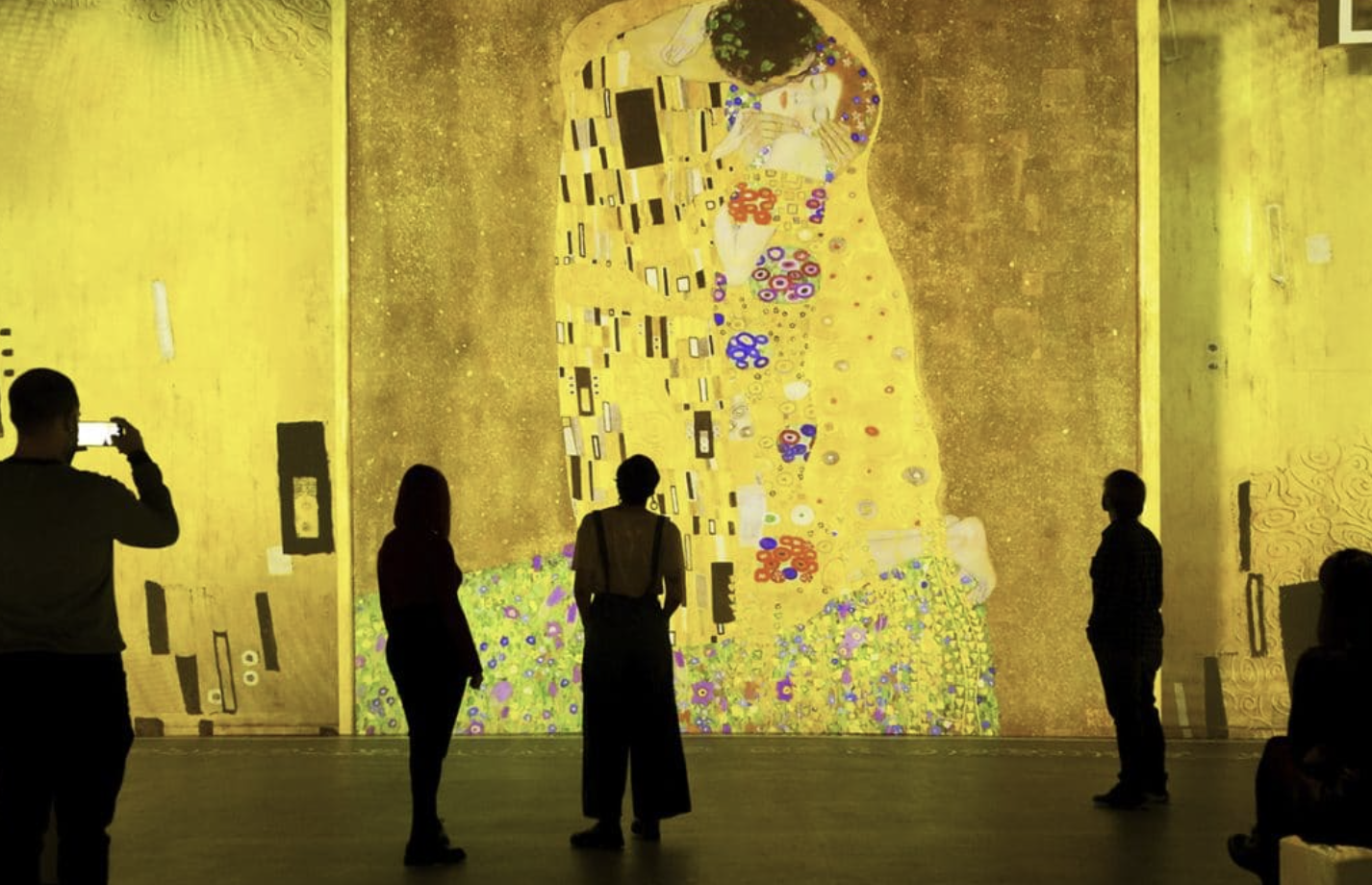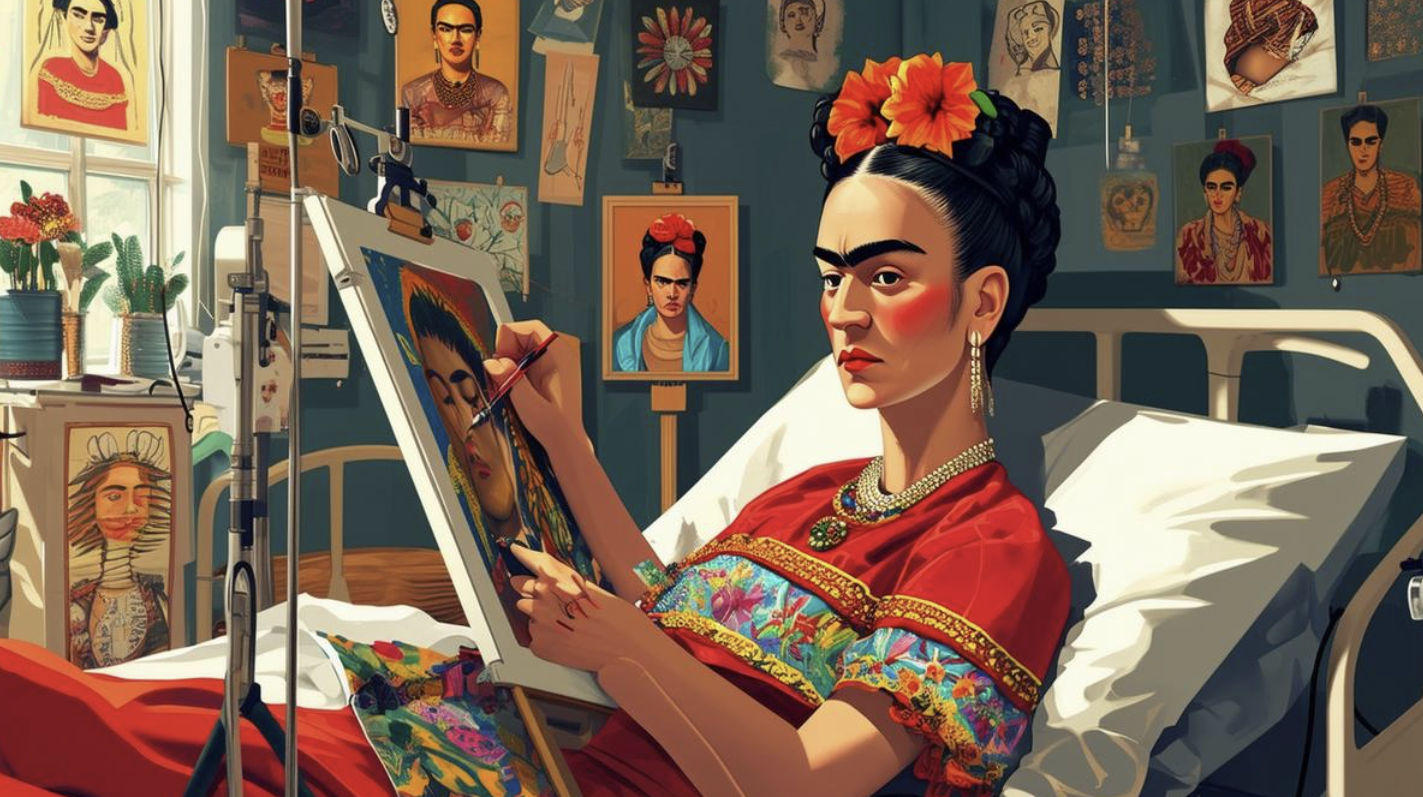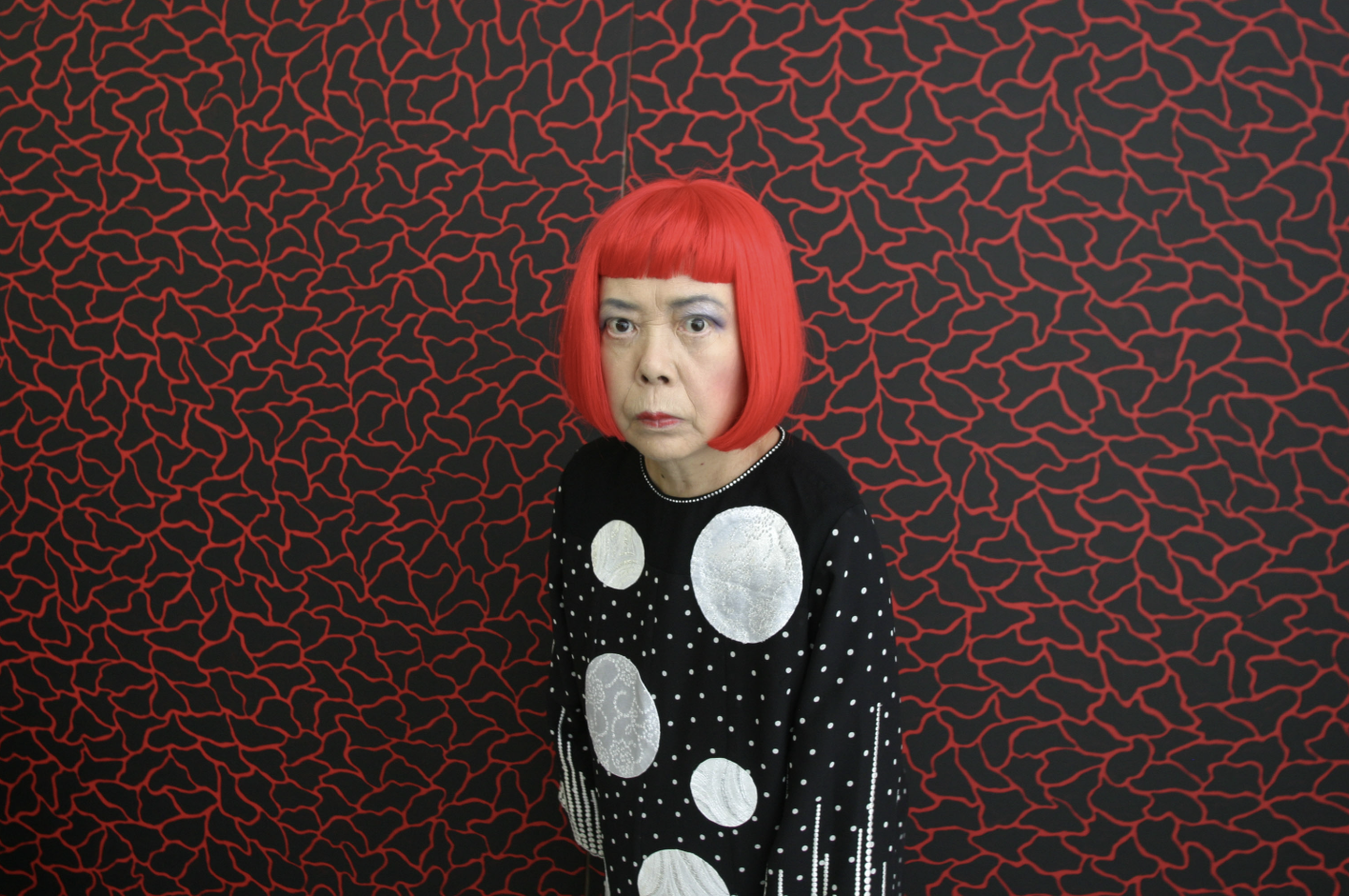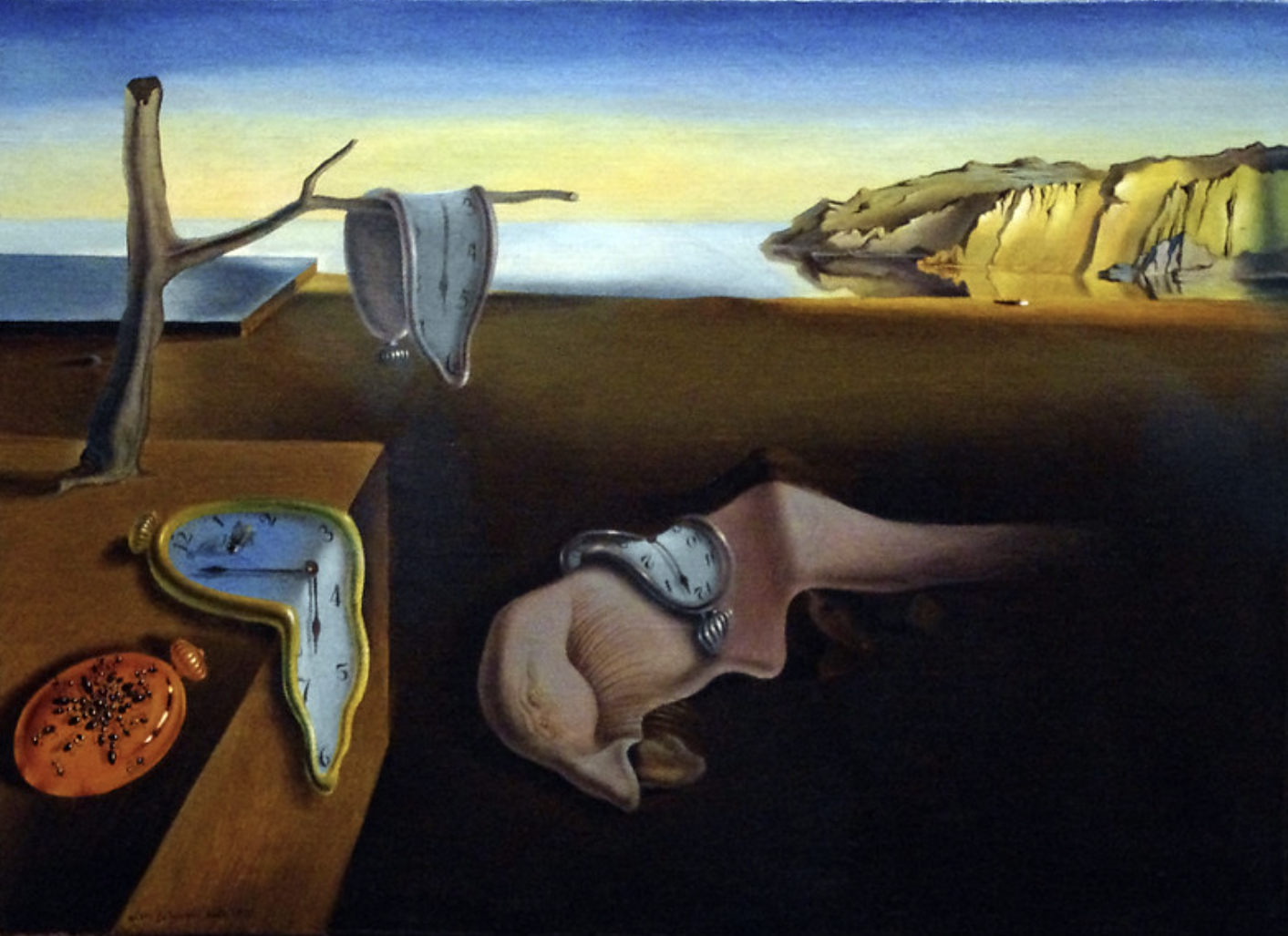
Contemporary painting has evolved into a dynamic and diverse form of artistic expression that pushes the limits of creativity. It is a field where emotions take center stage, and artists are free to create without the restrictions of traditional rules. This movement, which emerged in the latter half of the 20th century and continues to shape art today, represents a significant break from the past, allowing painters to explore new dimensions of self-expression.
The shift from modern painting, which spanned from the late 19th century to the 1960s, to contemporary painting marked a major change in how artists approached their work. Modern art focused on breaking boundaries, but contemporary painting takes it further by completely moving away from realistic representations. Instead, artists began focusing on conveying their emotions through their work, expressing feelings such as joy, sadness, nostalgia, and melancholy. This new approach allowed for more abstract forms, blurry outlines, and even figurative representations, giving artists the freedom to experiment with various styles.
As contemporary painting has continued to evolve, it has also embraced new technologies. Digital media, video art, and even blockchain technology have influenced how artists create and present their works, giving rise to new forms like crypto-art.
At its core, contemporary painting is about freedom — the freedom to express emotions, challenge perceptions, and explore new meanings. Often, these paintings are created to provoke curiosity and inspire thought, inviting viewers to interpret the artwork in their own way.
Key Movements in Contemporary Painting
Contemporary painting is home to many vibrant and influential movements that have shaped the art world in unique ways. Some of the most prominent movements include:
- Pop Art: Emerging in the 1950s in the UK, Pop Art quickly spread globally, drawing inspiration from mass media, advertising, and popular culture. Iconic artists like Andy Warhol, Roy Lichtenstein, and Keith Haring are synonymous with this movement. Their works often used imagery from everyday life, creating art that was accessible and relevant to the times.
- Hyperrealism: Beginning in the late 1960s in the United States, hyperrealism sought to replicate the smallest details of reality. Artists in this movement, often inspired by photography, created works that were so detailed they appeared more real than life itself. British artist David Hockney is a key figure in both pop art and hyperrealism, with some of his works, like Portrait of an Artist (1972), fetching record-breaking prices at auction.
- Abstract Expressionism: Originating in the 1950s and 60s, this movement focused on conveying emotions through abstract forms and energetic brushstrokes. Jackson Pollock was a leading figure in this movement, known for his distinctive drip paintings that express raw emotion through spontaneous creation.
- Neo-Expressionism: In response to minimalism and conceptual art, Neo-Expressionism emerged in the late 1970s. It embraced bold, emotionally charged styles and often featured provocative and intense imagery. Jean-Michel Basquiat is a standout figure in this movement, using his art to challenge social norms and explore complex themes.
- Figurative Art: Unlike abstract art, figurative painting retains clear references to reality. This style allows artists to explore the human form and other recognizable subjects in emotionally expressive ways. Francis Bacon, a master of figurative art, is known for his emotionally intense paintings that often depict human suffering and isolation.
- Street Art: Associated with urban environments, street art has become a major part of contemporary culture. Artists like Banksy have brought this form of expression to the mainstream, turning public spaces into canvases for provocative and often politically charged art.
The Future of Contemporary Painting
As contemporary painting continues to evolve, it’s clear that the boundaries of the medium are ever-expanding. Artists are no longer confined to traditional forms of expression but are embracing technology, new materials, and innovative techniques to convey their messages. Whether through digital art, hyperrealistic portrayals, or abstract explorations, contemporary painters are constantly pushing the envelope, creating works that inspire, challenge, and engage audiences across the globe.
If you are an art lover looking to explore the diverse world of contemporary painting, online galleries offer a great way to access and purchase works from emerging and established artists. Many galleries curate a selection of modern and contemporary paintings, showcasing everything from abstract art to pop culture-inspired pieces.
Becoming Part of the Art World
If you are an artist interested in showcasing your work, many online platforms are eager to connect with new talent. By submitting your portfolio, you can share your unique perspective and contribute to the ongoing dialogue in the world of contemporary painting.
In conclusion, contemporary painting is a world of endless possibilities. Its ability to evoke deep emotions, challenge perceptions, and incorporate new technologies makes it one of the most exciting and rapidly evolving fields in the art world today.


